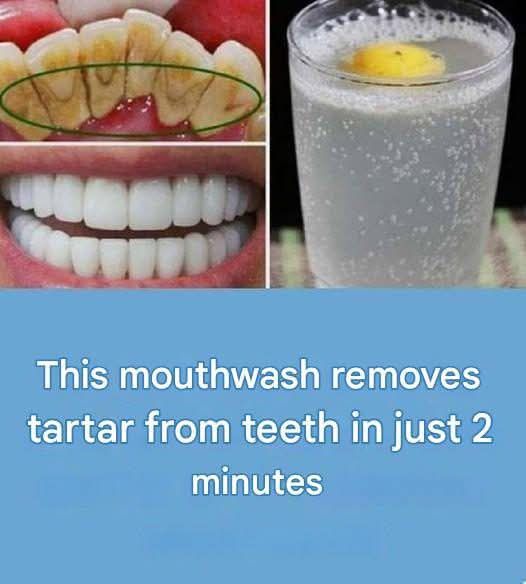ADVERTISEMENT
5. Limit Coffee, Tea, and Red Wine
While these drinks are delicious, they can cause teeth staining over time due to their high levels of tannins. Try to limit your consumption of these beverages or rinse your mouth with water immediately afterward to help reduce staining.
6. Use a Straw for Dark Drinks
If you can’t resist your daily coffee or soda, using a straw can help minimize contact between your teeth and the liquid. This can help prevent staining, as the liquid will bypass your teeth and go straight to your throat.
7. Eat Crunchy Fruits and Vegetables
Fruits and veggies like apples, celery, and carrots can naturally scrub your teeth as you chew. These foods help stimulate saliva production, which is your mouth’s natural defense against plaque buildup and staining.
Tip: Add more of these foods to your daily diet for a naturally brighter smile.
8. Brush with Baking Soda
Baking soda is a gentle abrasive that can help scrub away surface stains on your teeth. It also has natural whitening properties. You can mix a small amount of baking soda with water to create a paste or look for a toothpaste that contains it.
Tip: Don’t use baking soda too frequently, as it can be abrasive and potentially wear down enamel if overused.
9. Hydrate with Water
Drinking plenty of water throughout the day not only helps keep your body hydrated, but it also helps to rinse away food particles and bacteria in your mouth. This reduces the risk of plaque buildup and staining.
Tip: Drink a glass of water after every meal to keep your mouth clean.
10. Use Apple Cider Vinegar (Occasionally)
Apple cider vinegar has natural whitening properties due to its acidity, which can help remove stains. However, because of its acidic nature, it should only be used sparingly and diluted with water to prevent enamel erosion.
Tip: Mix one tablespoon of apple cider vinegar with a glass of water and swish it around your mouth for a few seconds, then rinse with plain water afterward.
11. Don’t Smoke
Tobacco use, whether through smoking or chewing, can cause significant staining on your teeth. Quitting smoking will not only improve the health of your teeth but also prevent further discoloration.
Tip: If you’re struggling to quit, consult with a healthcare professional to find the best method for you.
12. Whitening Strips or Trays
Whitening strips and trays are popular options for at-home teeth whitening. These products typically contain peroxide-based gels that help whiten your teeth. Follow the instructions carefully to avoid overuse and potential irritation.
Tip: Use whitening strips once a week to avoid damage to your enamel.
13. Try Hydrogen Peroxide Rinse
Hydrogen peroxide is a mild bleach and is often used in teeth-whitening products. You can use it as a mouth rinse by diluting it with water (1 part hydrogen peroxide to 2 parts water). Swish it around your mouth for about 30 seconds, then rinse thoroughly with water.
14. Get Regular Dental Cleanings
Even with the best at-home care, plaque and tartar will naturally build up on your teeth over time. Regular dental cleanings (every 6 months) help remove this buildup, which can cause staining and prevent your teeth from looking their best.
15. Consider Professional Teeth Whitening
If you’re looking for dramatic results, a professional whitening treatment at the dentist’s office might be worth considering. Dentists use stronger whitening agents that can remove deeper stains and provide longer-lasting results than over-the-counter products.
Final Thoughts
Achieving and maintaining white teeth is entirely possible with consistent oral care and a few lifestyle changes. By following these 15 tips, you’ll be well on your way to a brighter, more confident smile.
Remember, the key to success is not just whitening your teeth, but also maintaining healthy oral hygiene. Combine these tips with regular brushing, flossing, and dental checkups, and you’ll have a dazzling smile that shines with natural beauty!
